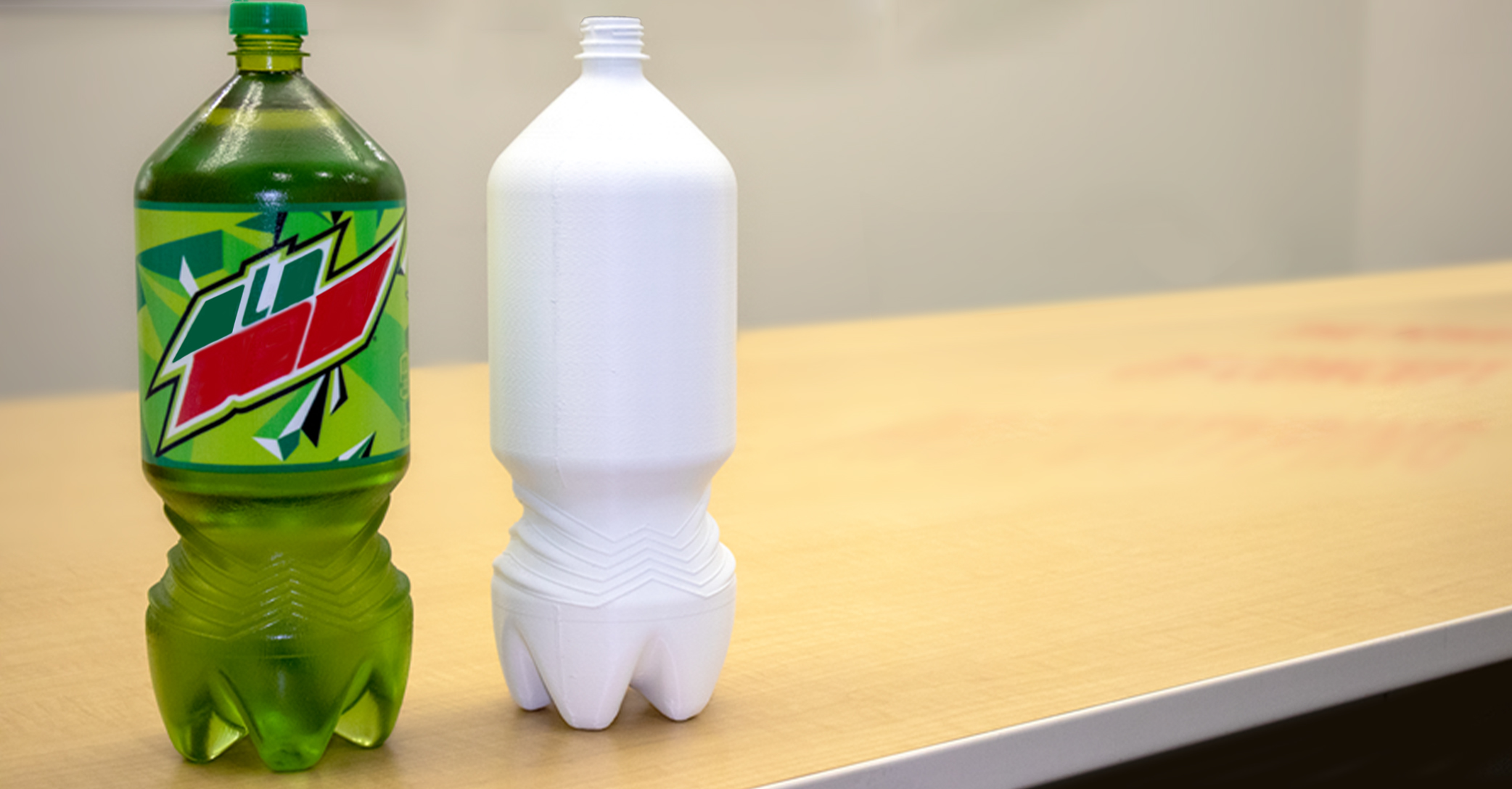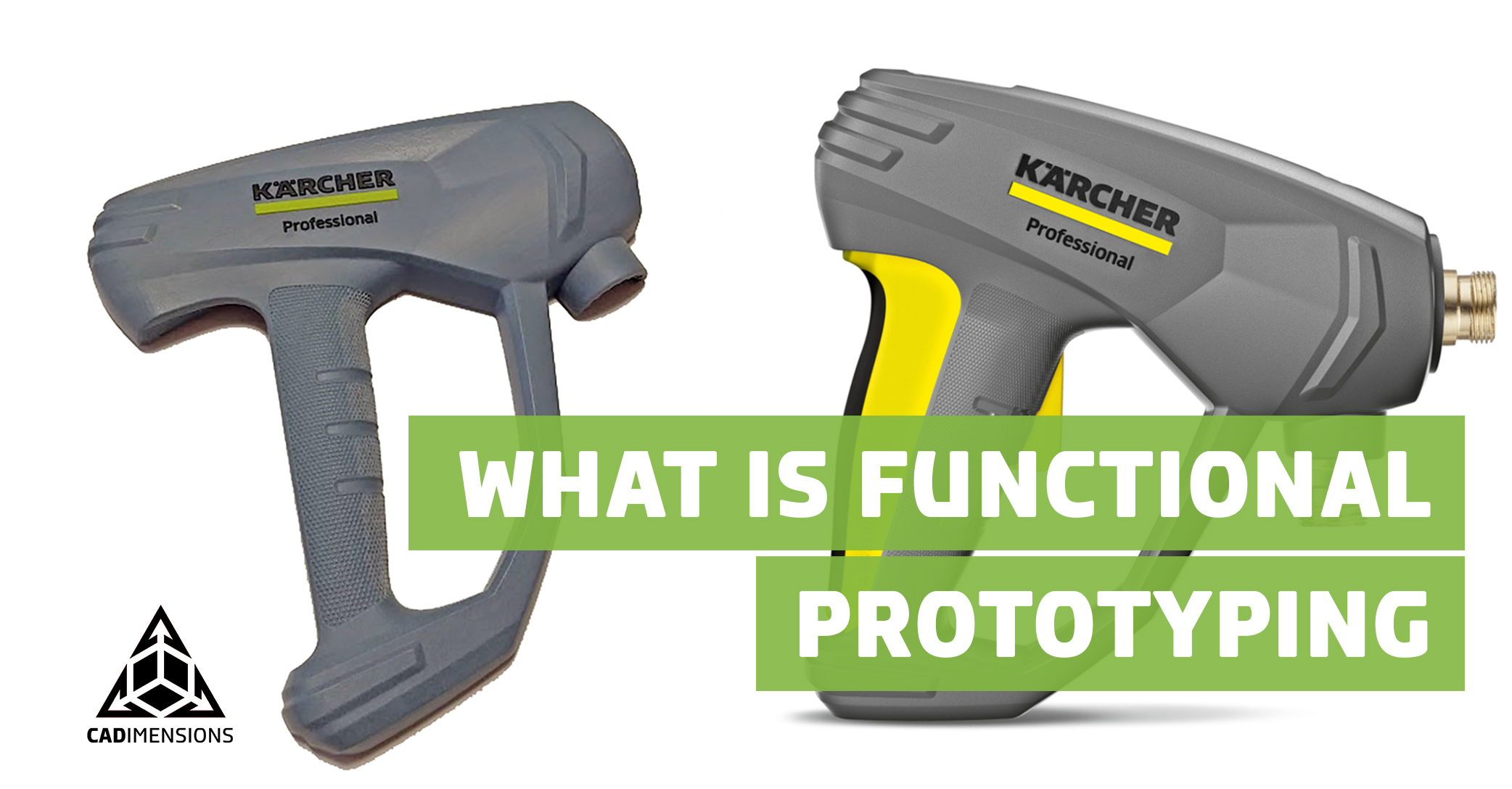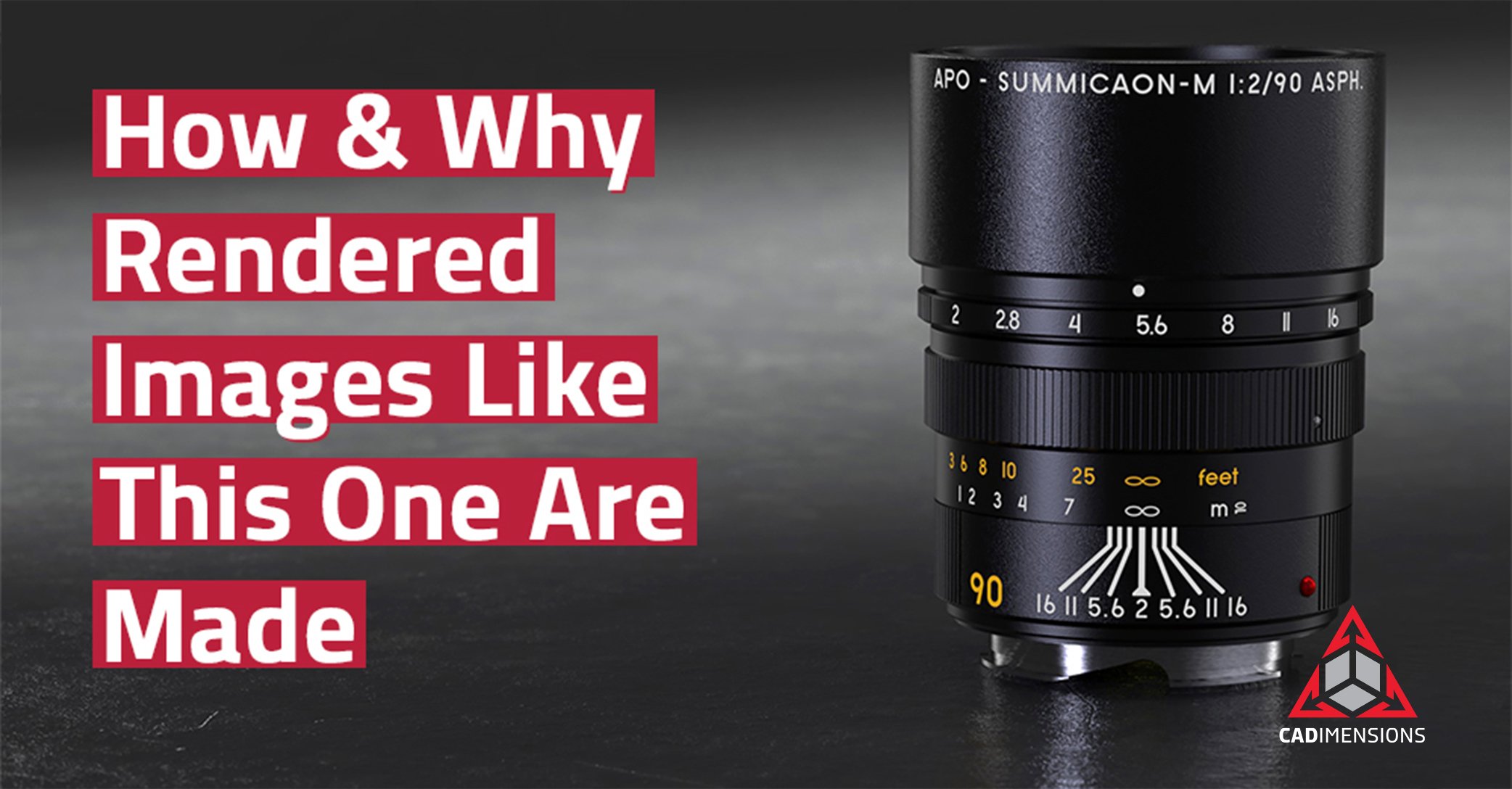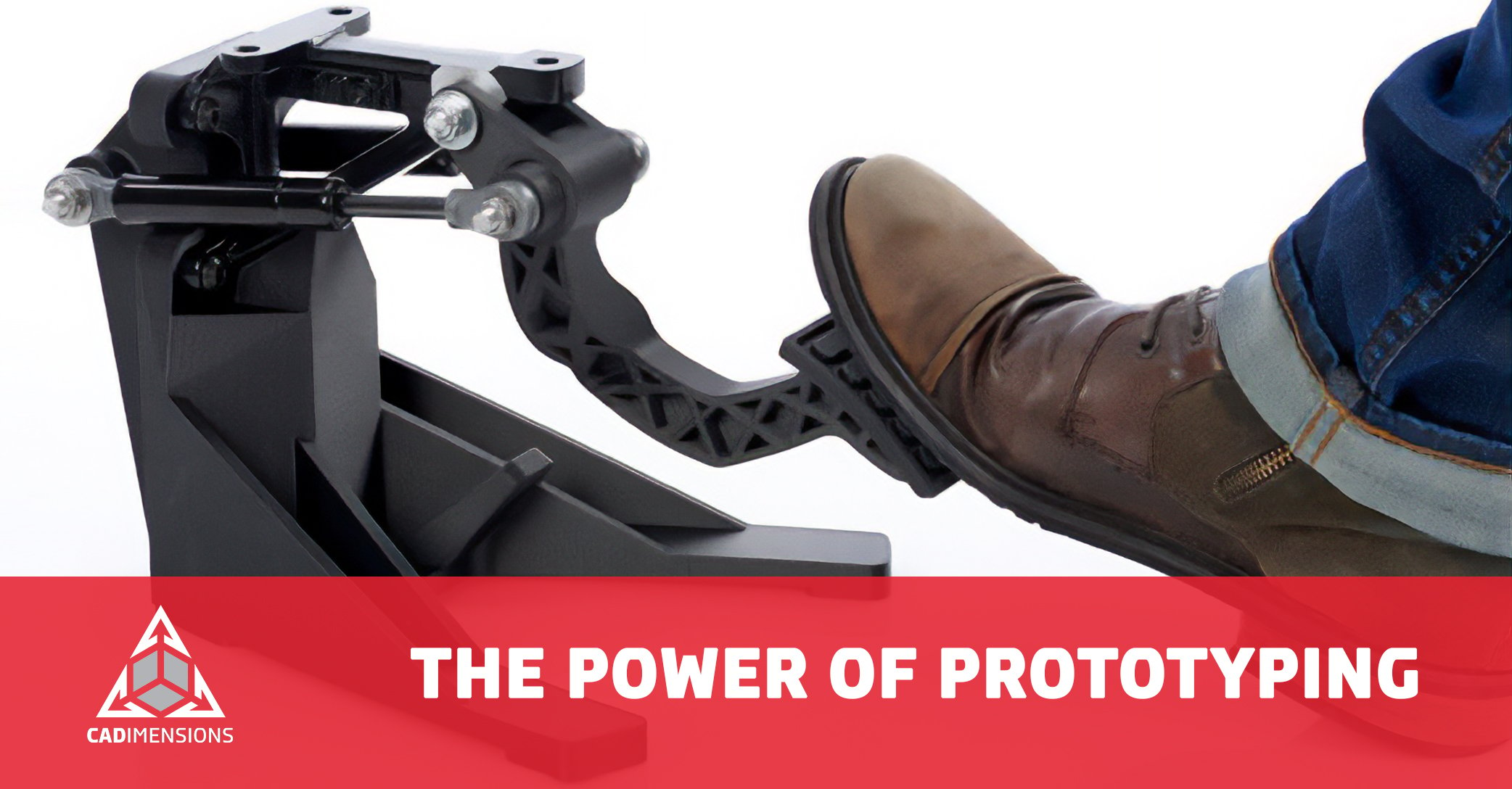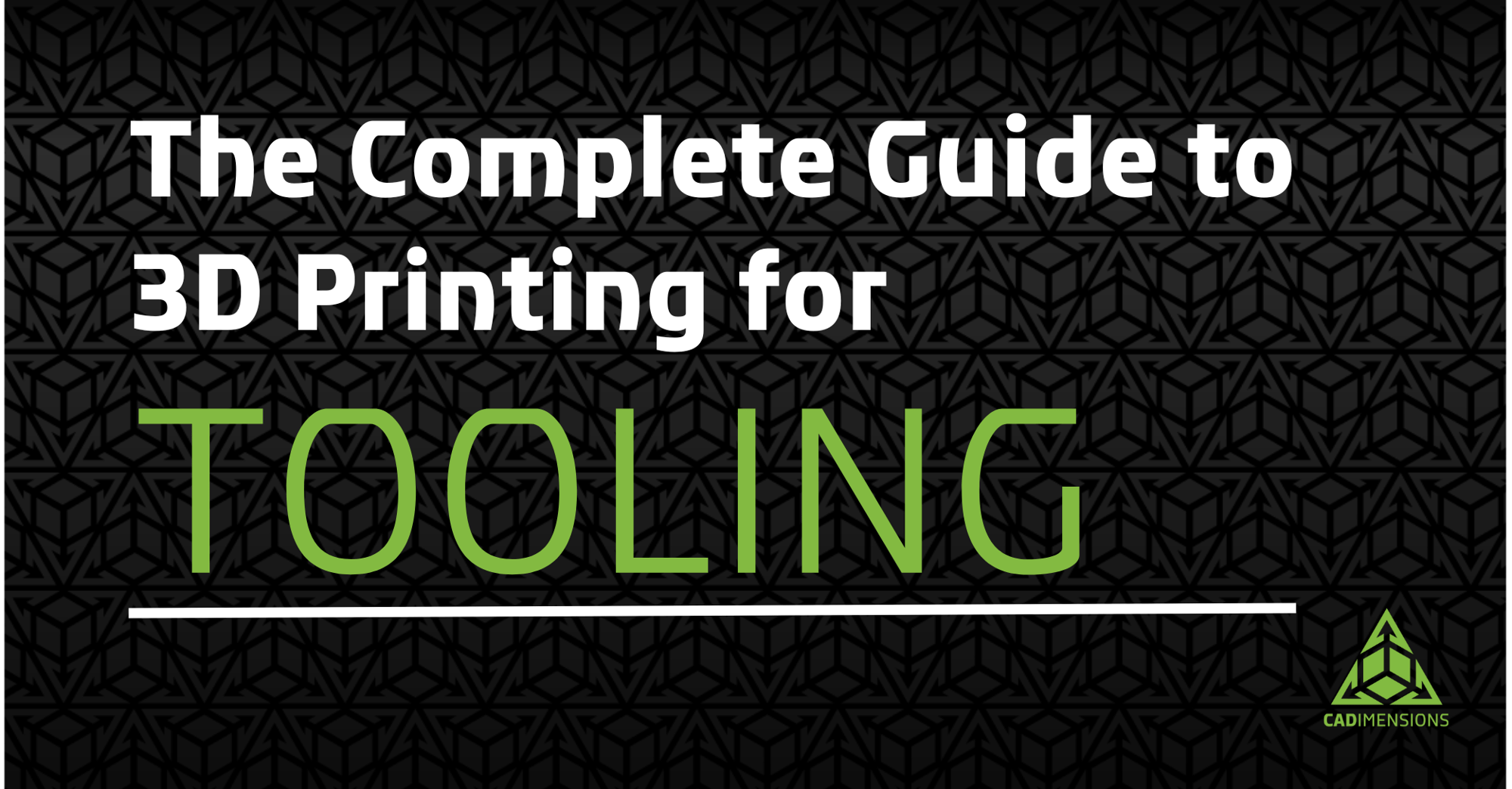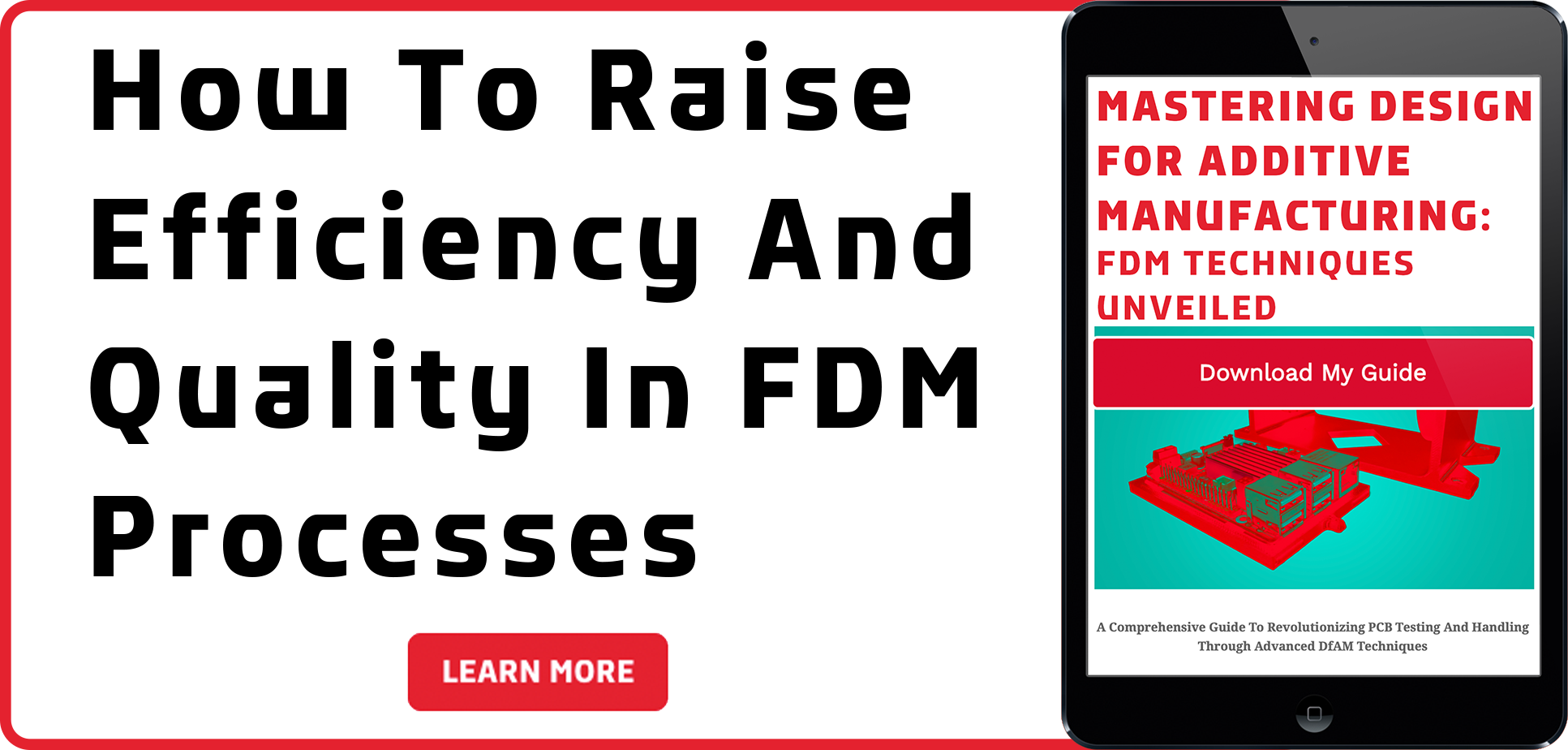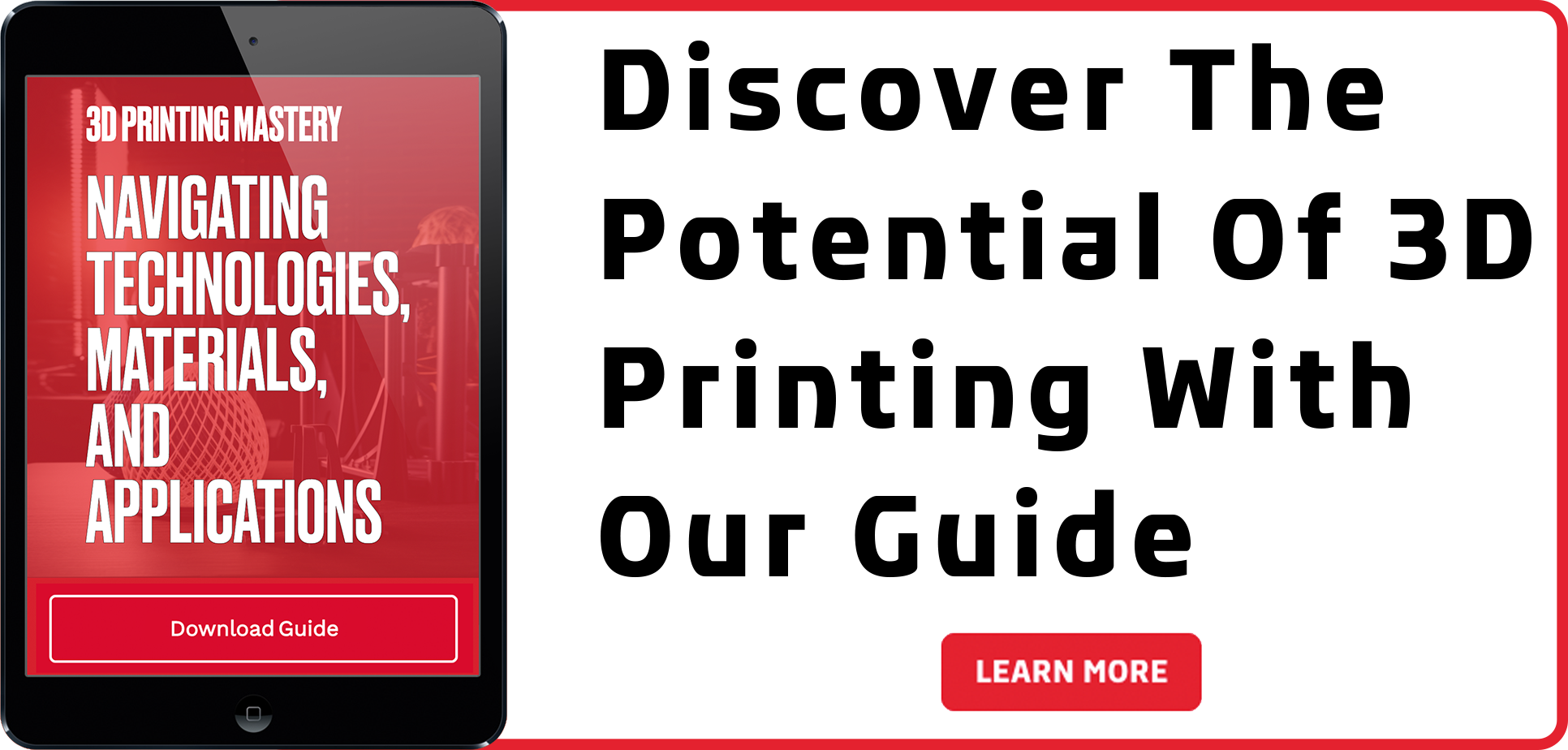Concept Prototyping: Transforming Ideas into Reality
Exploring the Power of Concept Prototyping in Product Development
In the world of product development, turning an idea into a tangible reality is a challenging yet essential process. Concept prototyping serves as a powerful tool in this journey, enabling designers and innovators to validate their ideas, explore possibilities, and refine their concepts before investing significant resources. This blog will cover the concept of prototyping and explore how it drives innovation, fosters creativity, and accelerates the development of groundbreaking products.
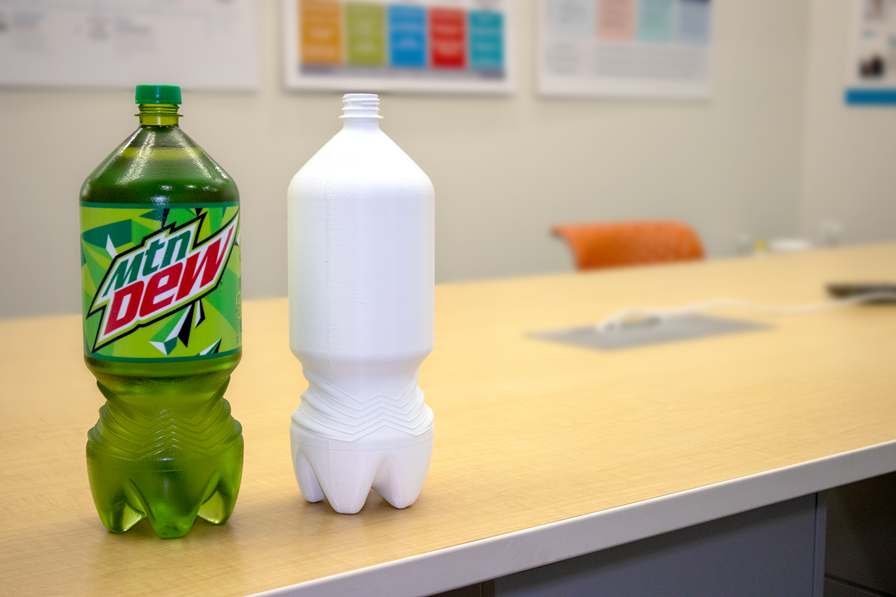
What is Concept Prototyping?
Concept prototyping is the early stage of product development where designers create basic prototypes to test and validate their ideas. These prototypes focus on capturing the essence of the part or product, rather than the final product’s detailed functionality or aesthetics. Concept prototypes are simple, low-fidelity representations that help designers visualize and communicate their ideas effectively.
Validating Ideas
Concept prototyping also allows designers to validate the viability and feasibility of their ideas. By creating tangible prototypes, engineers and designers can evaluate the core concepts, identify potential flaws and refine their ideas. Testing the feasibility of an idea at an early stage helps save time and resources by eliminating product ideas that may not be practical or viable.
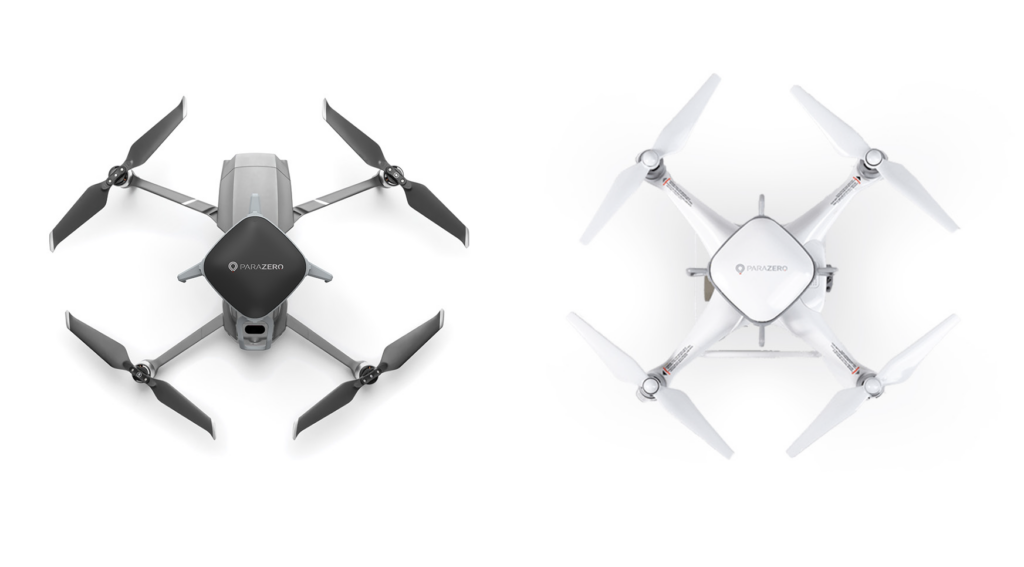
Iterative Design
An iterative design approach enables designers to polish their concepts through rapid iterations. Each prototype provides valuable insights and feedback, leading to improvements and enhancements in subsequent iterations. This iterative design process helps designers uncover new possibilities, explore alternative solutions, and challenge creativity.
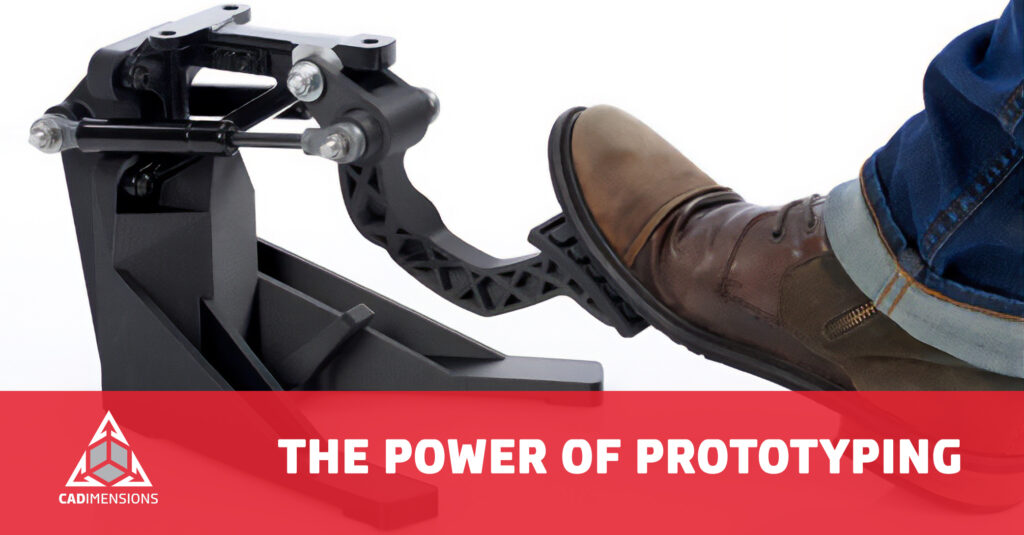
Ready to unlock the transformative potential of 3D printing in your prototyping process? Propel your product development into a realm of endless possibilities with The Benefits of Prototyping With 3D Printing blog.
Communication and Collaboration:
Concept prototypes serve as powerful communication tools, helping designers convey their ideas to stakeholders, clients, and team members. These prototypes facilitate clearer and more effective discussions by providing a tangible representation of their product. By sharing concept prototypes, designers can gather feedback, align expectations, and foster collaboration among team members and decision-makers.
Inspiring Innovation
Through concept prototyping, a culture of innovation and experimentation is encouraged within organizations. It provides a safe space for designers to explore unconventional ideas and take risks without committing to a full-scale production process. It empowers designers to challenge existing norms and inspire breakthrough innovations.
Cost and Time Savings
Investing time and resources into concept prototyping early in the product development process helps identify potential issues and make informed decisions. Detecting design imperfections or limitations at an early stage allows for cost-effective modifications and adjustments. Concept prototyping minimizes the risk of expensive rework or redesigns in later stages of development, ultimately saving time and resources.
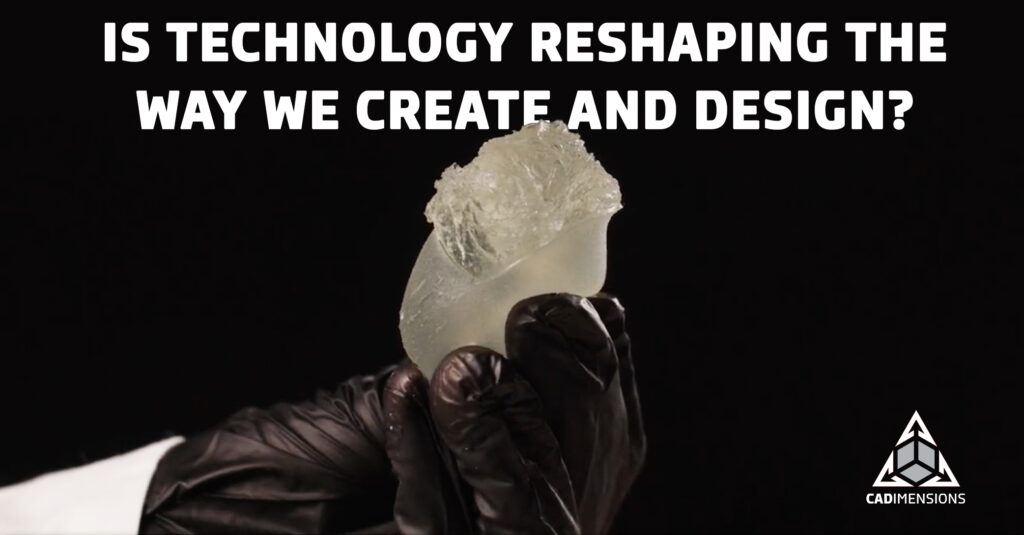
Interested in exploring the transformative potential of 3D printing across various industries? Dive into our detailed blog post to discover how this technology is revolutionizing concept prototyping, from product design to healthcare.
Are You Able to Harness the Transformative Potential?
Concept prototyping is a transformative process that empowers engineers, designers and innovators to transform their ideas into tangible realities. By validating ideas, fostering creativity, enabling iterative design, promoting communication and collaboration, inspiring innovation, and saving costs and time, concept prototyping becomes a valuable catalyst in the product development journey. Embracing this approach nurtures a culture of innovation, fuels creative thinking, and paves the way for the development of sophisticated products that shape our world. With concept prototyping as a guiding force, designers can unleash their creativity and turn their wildest ideas into reality.


